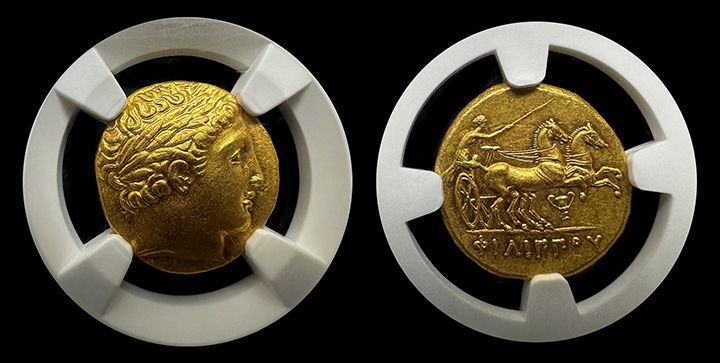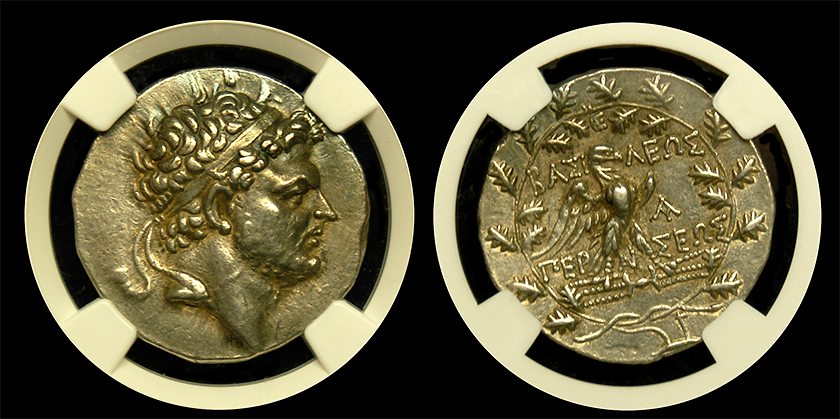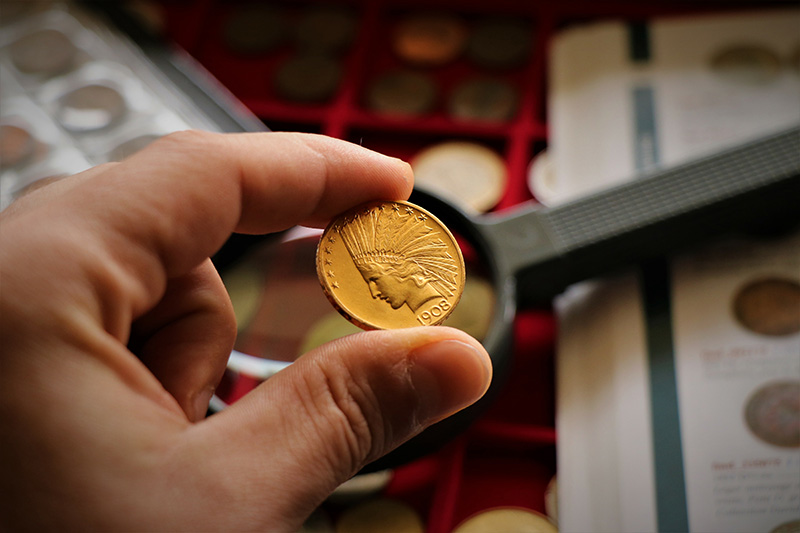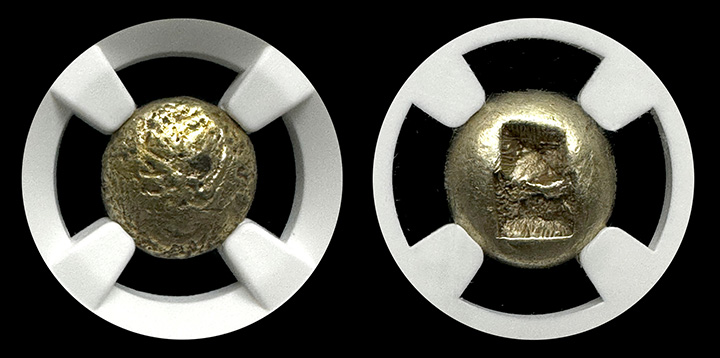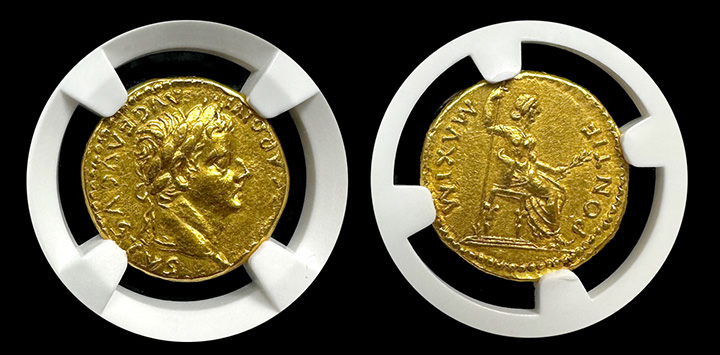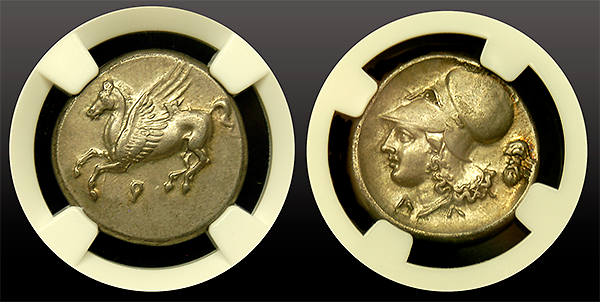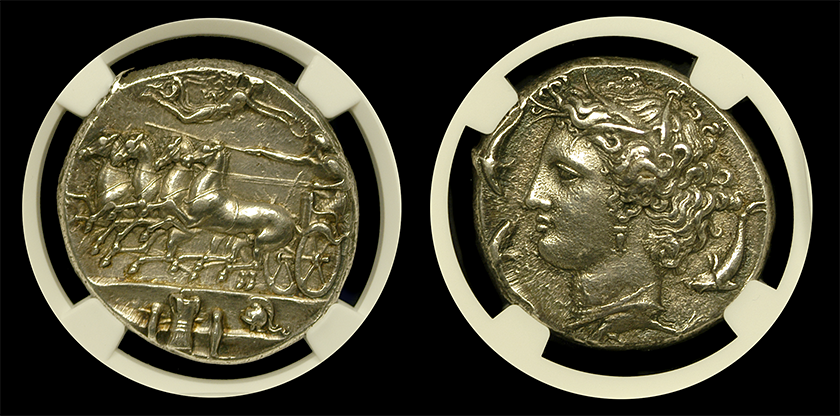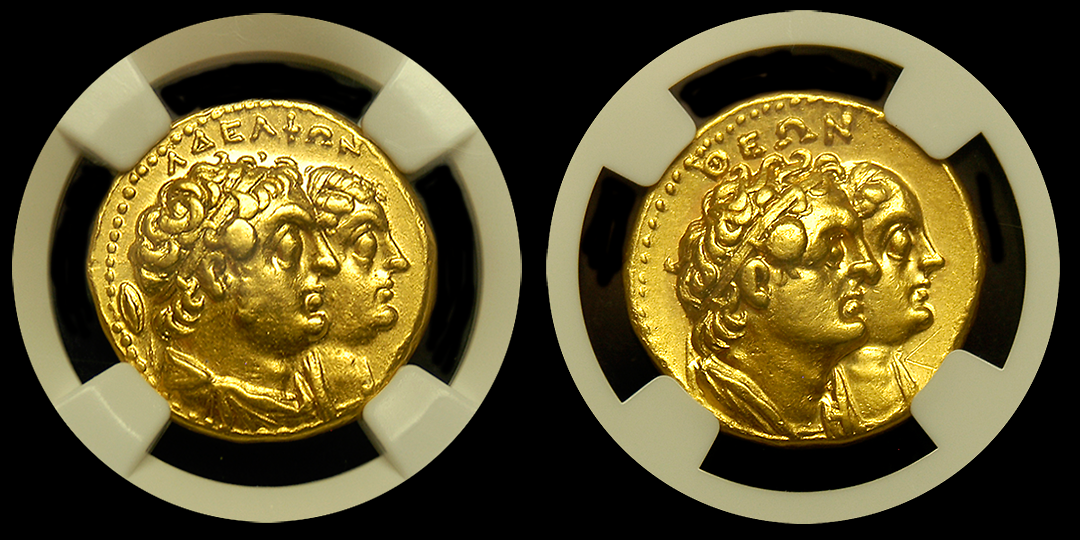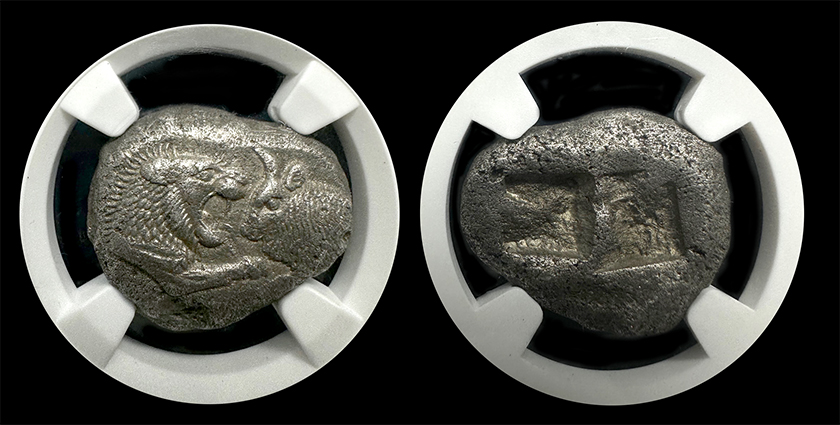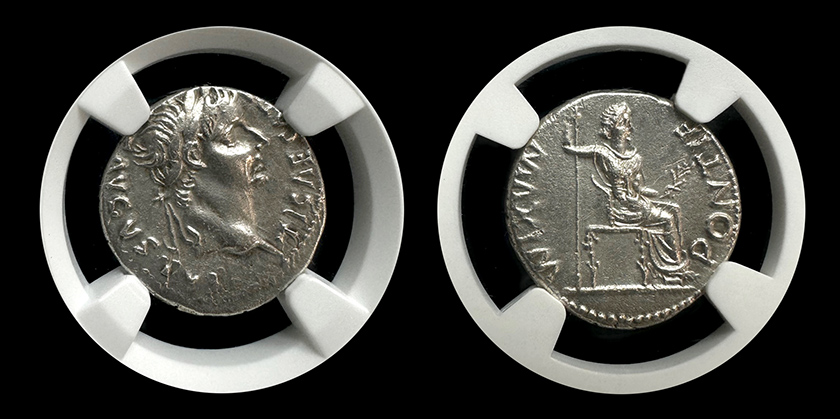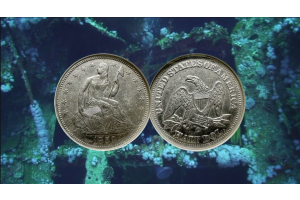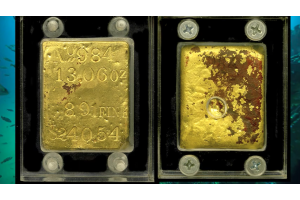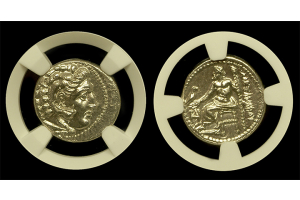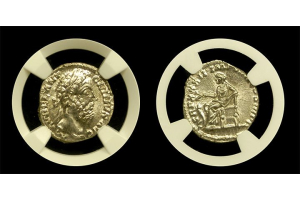Ancient Coins
- Posted: September 14, 2024Read more »
Early Life and the Division of the Empire
Philip II of Macedonia, the father of Alexander the Great, was one of the most influential figures in ancient history. His rise to power reshaped the region, and his leadership laid the foundation for a powerful Macedonian state. This blog will explore how he came to power, his key accomplishments, the challenges Macedonia faced during his reign, what eventually happened to him, and how he is remembered today.
How Philip II Came to Power
Born in 382 BC, Philip II was the youngest son of King Amyntas III. Political chaos shaped his early life as Macedonia faced external threats and internal instability. After the death of his brother, King
- Posted: July 19, 2024Read more »
Coming to Power
Perseus of Macedon rose to power during a turbulent era and became the last king of Macedon. Born around 212 BC, he was the eldest son of Philip V. Macedon. Under Philip's rule, he faced continuous pressure and conflict from Rome, which sought to expand its influence in the region. Despite the challenges, Perseus was groomed for leadership from a young age, learning the arts of war and governance.
Philip V had initially favored Perseus's younger brother, Demetrius, due to his diplomatic ties with Rome. Demetrius was sent to Rome as a hostage in 197 BC and developed favorable relations with the Romans. This caused tension between the brothers, as Roman influence was increasingly viewed with suspicion by the Macedonian court. Perseus, wary of Rome’s intentions and protective of Macedonian sovereignty, saw his brother as both a political and personal
- Posted: January 26, 2024Categories: Electrum Coins, Rare US Coins, Rare Gold Coins, Egyptian Empire, Alexander the Great, Rare World Coins, Rare Silver Coins, Shipwreck Coins, Medieval Coins, Ancient Persian Coins, Ancient Roman Coins, Silver Reales, Ancient Coins, Gold Escudos, Macedonian Empire, Ancient Greek Coins, Byzantine Empire, US Bronze Medal, Platinum Coins, World Gold Coins, Gold and Silver Bullion, Lydian Empire, Ancient Silver Coins, Ancient Egyptian EmpireRead more »
Introduction: A Guide to Building Your Unique Treasure
In the world of rare coin collecting, enthusiasts are captivated by history and welcome tips on collecting rare coins. Museums, such as the American Numismatic Association Money Museum, showcase extraordinary collections. The Smithsonian National Numismatic Collection and the British Museum contribute to our appreciation of rare coins, emphasizing their historical significance.
The allure of rare coins extends beyond museum walls. Auction houses and private collectors frequently make these numismatic treasures available for sale. Rare coin collecting is not just a cultural and historical journey; it's also an opportunity for financial gain. Rare collections, featuring sought-after coins, can
- Posted: October 27, 2023Read more »
The Birth of Coins: Ionia's Enduring Legacy
The dawn of ancient coinage heralded a monumental shift in the history of human civilization. Before coins, ancient societies navigated a complex web of barter systems in their trade and transactions. It was in the heart of this transformative era that Ionia emerged. The dawn of ancient coinage started in a coastal region in modern-day Turkey and emerged as a vibrant hub of commerce. Additionally, intellectual exchange pioneered a concept that would forever alter how the world conducted business.
The Challenge of Barter Systems
Before coins, the exchange of goods and services relied on barter systems. While effective in some
- Posted: October 13, 2023Read more »
In history's annals, few figures are as enigmatic and influential as Roman Emperor Tiberius. Roman Emperor Tiberius's Legacy from AD 14 to 37 signified a vital era in the Roman Empire. Additionally, it was characterized by intricate politics, imperial ambitions, and a transformative period for Roman coinage.
Tiberius's path to the throne faced considerable challenges. He spent his early years as a soldier, gaining valuable military experience across Roman provinces. Unquestionably, his success in quelling revolts and vital roles in the Roman military paved his way to leadership.
Tiberius: The Man and the Emperor
In AD 4, Tiberius was recalled to Rome and named co-regent with Augustus. As a result of Augustus's AD 14 demise, Tiberius ascended the imperial throne. Consequently,
- Posted: September 29, 2023Read more »
A Glimpse into the 4th Century BCExploring Ancient Corinthia, an ancient city-state in Greece, holds a unique place in history. It was situated in a region known as Corinthia, a narrow stretch of land that connected the Peloponnese to mainland Greece. This city flourished as a hub of culture, trade, and politics in the fourth century BC. Furthermore, it boasted a wealth of remarkable individuals and events that left an enduring mark on history.
Location and Geographical Context
Before we delve into the significant people and historical events, let's set the stage by exploring the geographical context. Corinth's strategic location played a pivotal role in its prosperity during the 4th century BC. Positioned on a narrow strip of land with two major harbors, Lechaion and Cenchreae, the city became a vital hub
- Posted: August 04, 2023Read more »
Introduction
The majestic city of Syracuse, nestled on Sicily's eastern coast, stood as a powerful city-state with significant influence over the Mediterranean region. Additionally, the reigns of Timoleon and Hiero II contributed to the "Glory Days of Sicilian Syracuse," the golden era of Syracuse's history. This marked an extraordinary time for the ancient city.
The Rise of Sicilian Syracuse
Nestled on Sicily's eastern coast, Syracuse emerged as a powerful city-state during ancient times. Two remarkable leaders, Timoleon and Hiero II, played pivotal roles in shaping the city's golden era. Let's delve into their reigns and the enduring impact they had on Syracuse's history.
- Posted: July 06, 2023Read more »
Exploring Ancient Coinage and Majestic Rulers
Introduction: What is the Ptolemaic Kingdom of Egypt? This question unveils a fascinating chapter in history, delving into the reign of the Greek-descended Ptolemaic dynasty. In fact, the Ptolemaic dynasty ruled Egypt from 305 BC to 30 BC. Led by a line of remarkable rulers, this kingdom left an indelible mark on the ancient world. This article will explore the captivating coinage circulated during the Ptolemaic era. Additionally, it will feature iconic portraits, impressive sizes, and valuable precious metals.
The Ptolemaic Coinage
In the vast treasury of the Ptolemaic Kingdom, a diverse range of coins emerged. For example, each bearing the distinct imprint of its rulers. The coinage of the
- Posted: June 13, 2023Read more »
Introduction:
Within the rich tapestry of numismatic history, there are certain coins that stand out as true marvels. That is, they are both historically significant and artistically beautiful. Among these extraordinary treasures is the Lydian first silver coin. In short, a remarkable piece that holds the distinction of being one of the earliest silver coins ever minted. Certified by NGC Ancients in Choice About Uncirculated 5/5 Strike and 3/5 Surface, this coin is a testament to the ingenuity and craftsmanship of the ancient world. Join us on a journey to explore the fascinating world of the Lydian first silver coin and discover its allure as an unparalleled work of art.
A Glimpse into Ancient
- Posted: April 06, 2023Read more »
During the time when Jesus Christ was in Rome, the Roman Empire was under the rule of Emperor Tiberius. Tiberius issued a Tribute Penny during his reign. In fact, the Tribute Penny has become significant not just in Roman history, but in religious history as well.
The Tribute Penny was a silver coin that was used to pay the annual tribute imposed on the Jews by the Romans. It featured an image of Tiberius on the obverse side, and the inscription "Tiberius Caesar Divi Augusti Filius Augustus." Moreover, this translates to "Tiberius Caesar, Son of the Divine Augustus." On the reverse side is a seated female figure, commonly believed to be the goddess Pax, the personification of peace in Roman mythology. However, some historians believe that the seated female figure is a depiction of Tiberius' mother, Livia Drusilla. This is a subject of debate among scholars,




